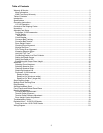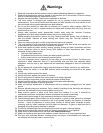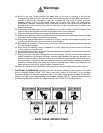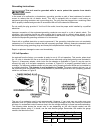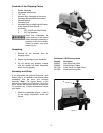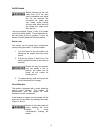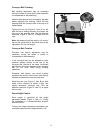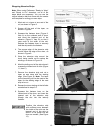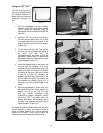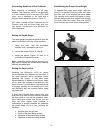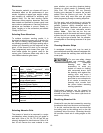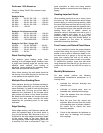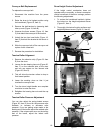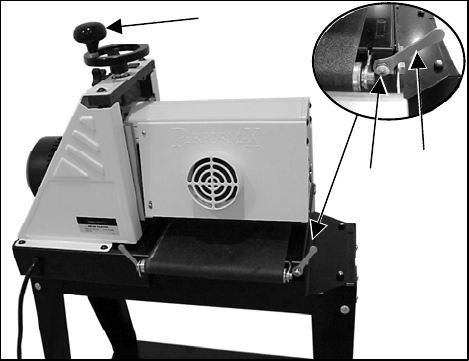
11
Conveyor Belt Tracking
Belt tracking adjustment may be necessary
during the break-in period and normal operation
to compensate for belt stretching.
Abrasive belt tension must be properly adjusted
before adjusting the tracking. Adjust the belt
tracking while the conveyor belt is running at its
fastest speed.
Tighten the hex nut (Figure 5, Item B) on the
side the belt is drifting towards, and loosen the
hex nut on the opposite side. Use the attached
wrenches (Figure 5, Item C) to adjust the hex
nuts.
Note: Adjustment should be made in 1/4 turns of
the hex nut. Allow time for the belt to react to the
adjustment. Do not over adjust.
Conveyor Belt Tension
Conveyor belt tension adjustment may be
necessary during the break in period to
compensate for belt stretching.
If the conveyor belt can be stopped by hand
pressure applied directly to the top of the
conveyor bed, the belt is too loose. Insufficient
belt tension will cause slippage of the conveyor
belt on the drive roller during sanding
operations.
Excessive belt tension can cause tracking
problems and result in bent rollers, bent take-up
brackets and premature conveyor belt wear.
Adjust the hex nuts (Figure 5, Item B) on both
sides of the conveyor to obtain a tight, and
equally tensioned, conveyor belt. Use the
attached wrenches (Figure 5, Item C) to adjust
the hex nuts.
Drum Height Control
Drum height is controlled by the height
adjustment handle (Figure 5, Item A). Turning
the handwheel in a counterclockwise direction
lowers the drum.
Turning the height adjustment handwheel one
revolution lowers the drum approximately 1/16”.
Figure 5
A
B
C



